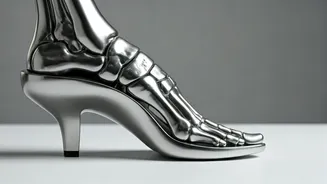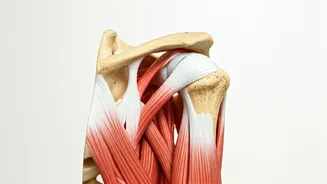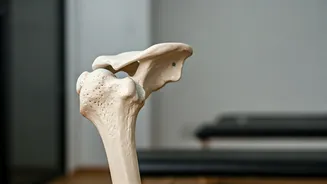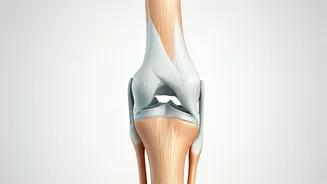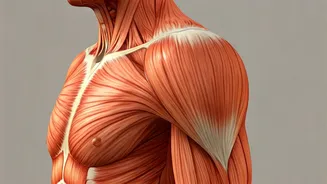Foot Structure Shifts
Regular high heel wear can significantly alter your foot structure. The elevated heel forces the foot into an unnatural position, compressing the toes
and pushing the body's weight forward. Over time, this constant pressure can cause the foot's arch to collapse, resulting in flat feet. Additionally, the toes are cramped into a confined space, which may lead to bunions, hammertoes, and other foot deformities. The ankles are also affected, as the raised heel compromises their stability and natural range of motion. The muscles in the calves tend to shorten, as they are constantly contracted. This can make it difficult to walk comfortably in flats and can increase the risk of injuries. Furthermore, the altered foot posture can place additional strain on the joints and ligaments, contributing to discomfort and potential long-term issues.
Posture and Alignment Alterations
High heels significantly influence your body's posture and alignment. The forward-leaning posture caused by wearing heels disrupts the natural curve of the spine. To compensate for the imbalance, the lower back may arch excessively, leading to increased pressure on the spine and potential back pain. The hips also shift forward, altering the pelvis's alignment. This can strain the hip joints and muscles, potentially resulting in discomfort. Moreover, the body's center of gravity is thrown forward. This forces the wearer to engage muscles in the abdomen and back to maintain balance, leading to muscle fatigue and changes in gait over time. The constant adjustment of posture can lead to chronic pain and contribute to conditions like sciatica. These changes can also impact the way one walks, potentially increasing the risk of falls and other injuries.
Impact on Joints and Muscles
The effects of high heels extend to joints and muscles, influencing overall body mechanics. The continuous elevation causes the Achilles tendon to shorten, limiting ankle flexibility. This reduced flexibility can contribute to ankle pain and increase the risk of strains. Furthermore, the knees are subjected to added strain, as the unnatural posture forces them to bend more. This added stress can exacerbate existing knee problems or increase the likelihood of developing conditions like osteoarthritis. The muscles in the calves are continuously contracted, leading to muscle imbalances and stiffness. The constant pressure on the balls of the feet can also cause inflammation and pain. Over time, these combined effects can lead to chronic discomfort, reduced mobility, and a higher risk of injuries. Maintaining healthy feet is vital; understanding these impacts is the first step.
